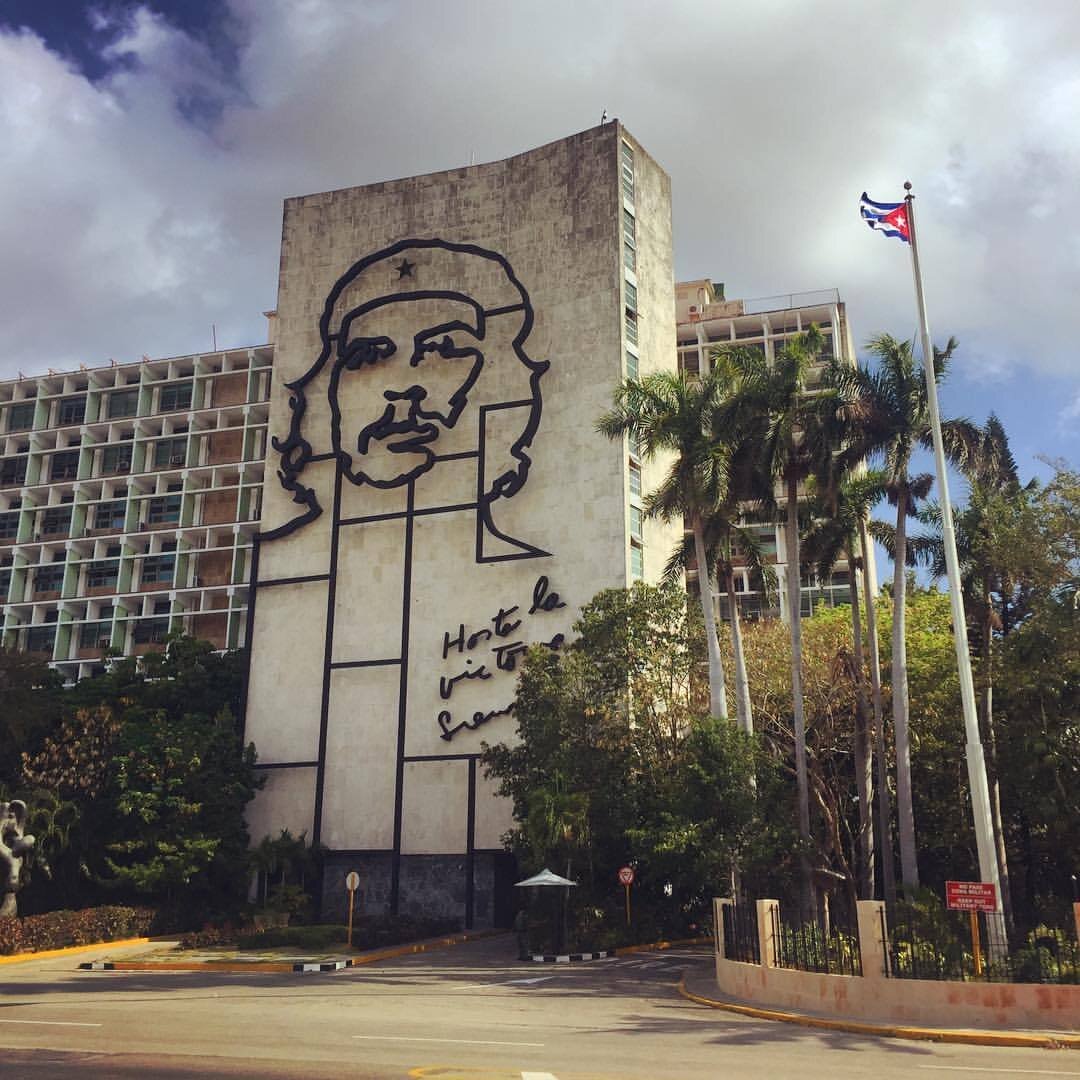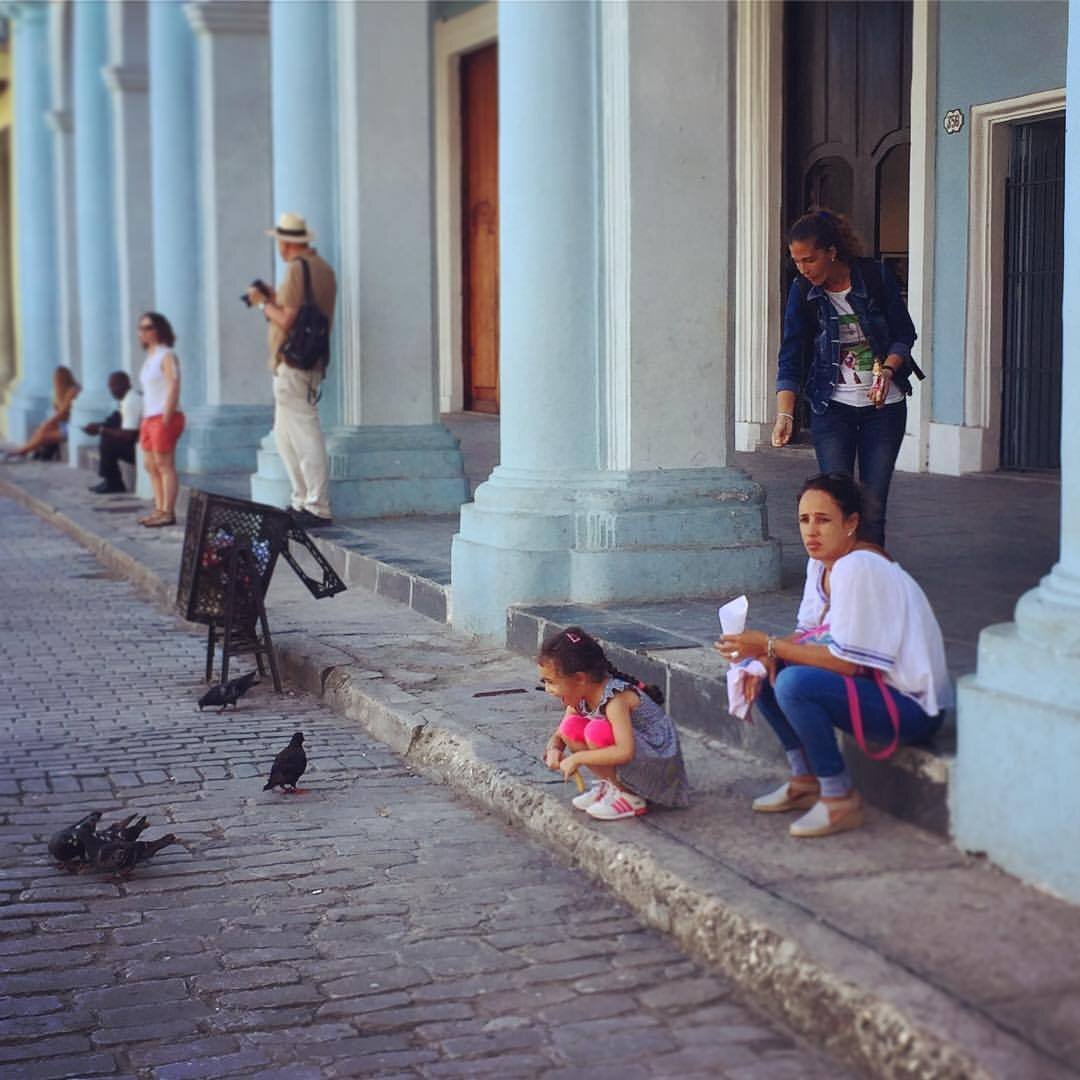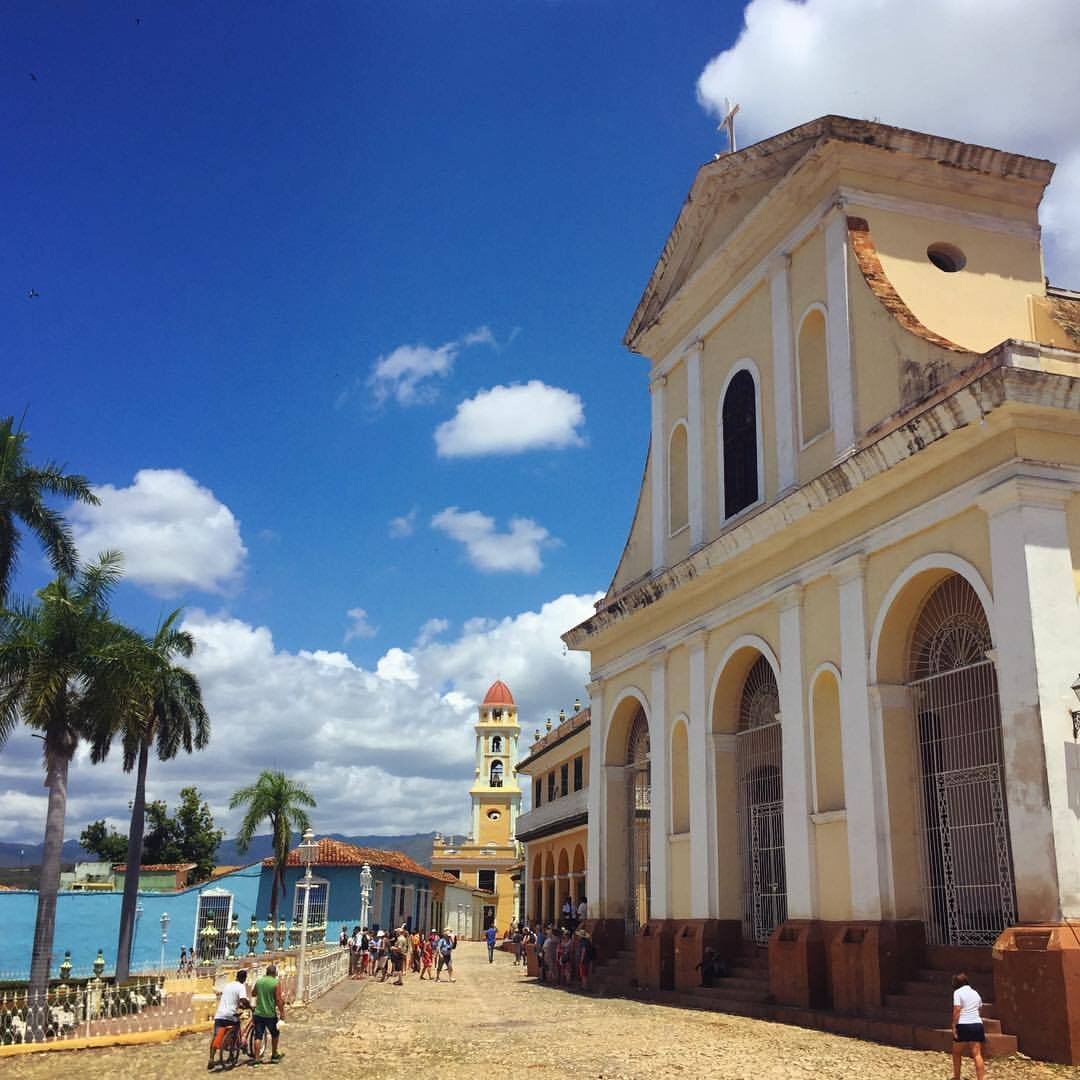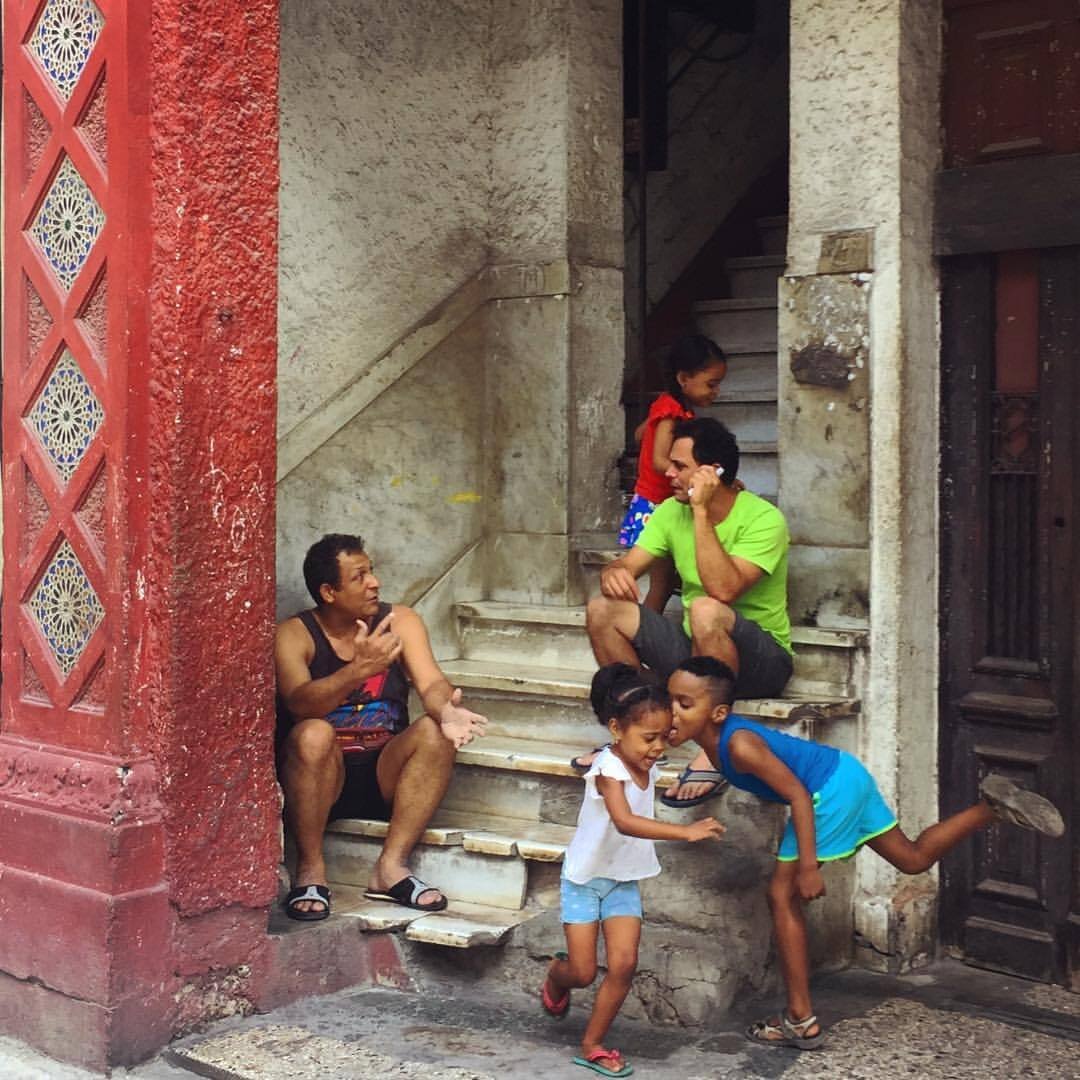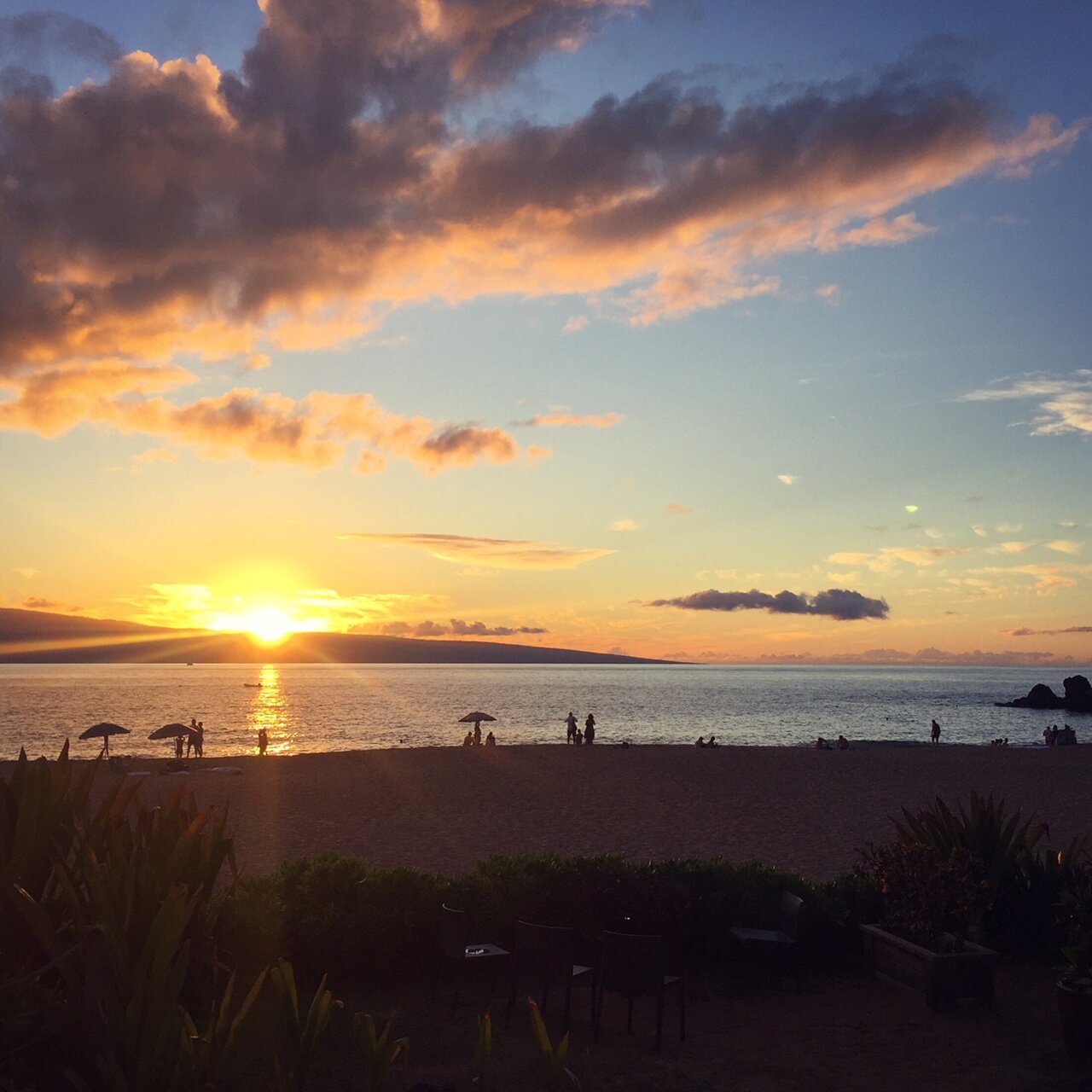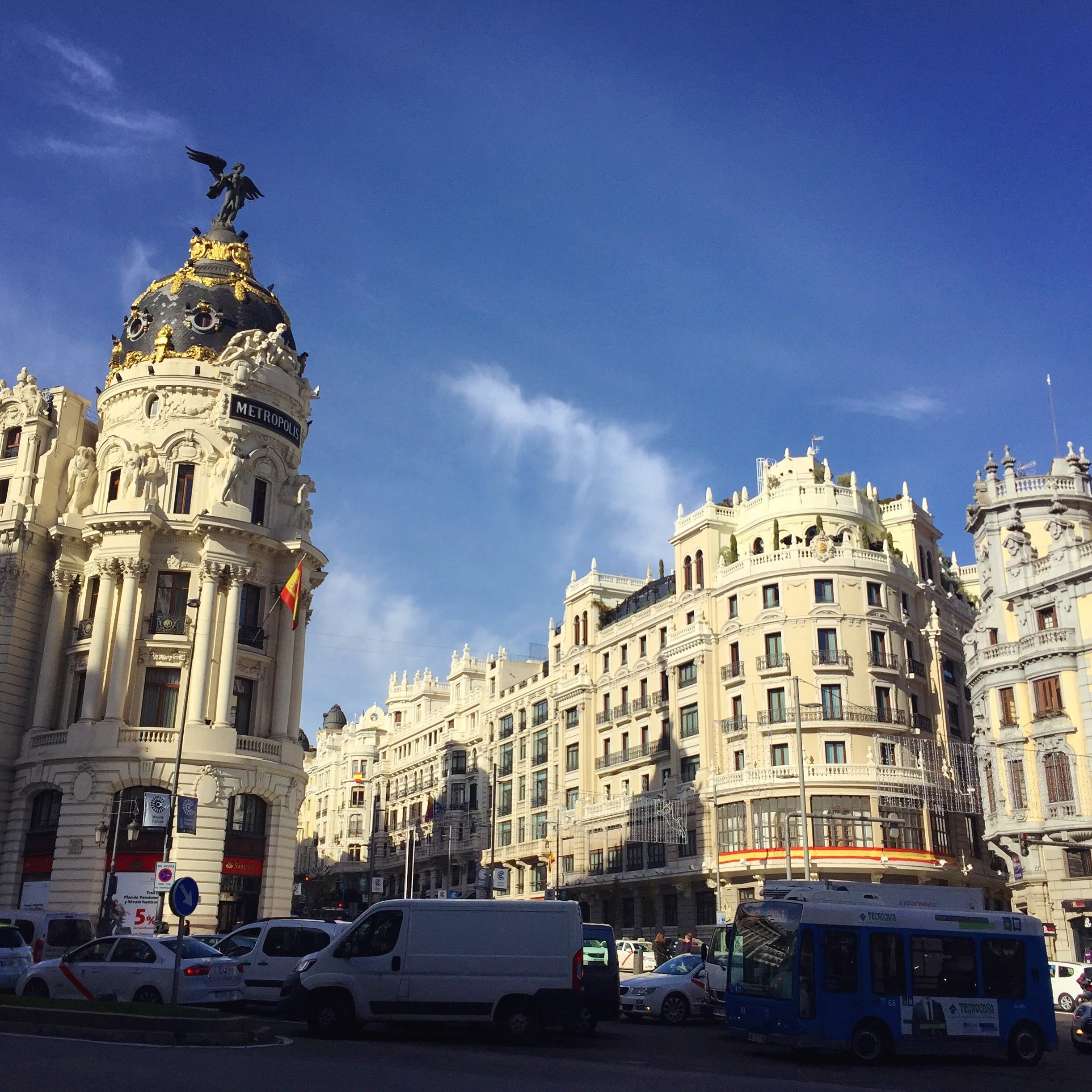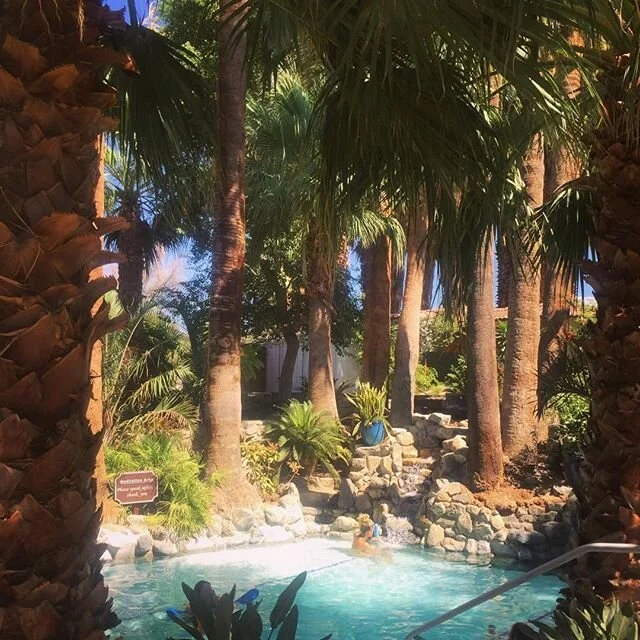I had the opportunity to travel to Cuba in April 2018 and wanted to share a little of my experience here.
Fresh coconut water on the beach at Playa Ancon, Cuba
I found Cuba a tough country to vist for several reasons, although I was definitely glad I went and had the chance to experience the country firsthand. Given that the travel conditions have changed yet again for Americans, making it harder to go, I’m grateful I seized the opportunity when I did.
Cuba is definitely a vibrant country, filled with gorgeous old architecture, super nice people, amazing music traditions, a growing art and nightlife scene, and beautiful beaches and terrain. You know, just good tropical vibes, man.
However, it wasn’t exactly the easiest trip, either.
What made travelling in Cuba hard
Where to start. Obviously I knew about Cuba, knew that Americans had been banned from travelling there for decades until Obama lifted certain travel restrictions, knew that they were a Communist country that had been under some kind of oppressive rule, knew that it was poor, knew that Internet wasn’t common, etc.. Even though I knew these things, there’s nothing like visiting a country where you get immediately confronted with the reality of that country vs. skimming information in a history book or magazine.
Being the ultimate Cuban tourist: seeing Havana by hot pink convertible!
And, hello. That’s one of the reasons we travel: to learn about a place firsthand.
It can also be one of the best aspects of travel: learning that’s so much more to a place than we’d ever considered.
Cuba, however, was a different story.
A day or two into the trip — especially as I began to read my Lonely Planet Cuba guide, I began to feel very confronted by the country. Which is more like two countries.
One Cuba is the Cuba you see in travel books and glossy magazine articles, hyping its photogenic beauty. Crumbling Art Nouveau architecture. Swaying palm trees. Dashing guayabera clad men twirling high heeled women to salsa rhythms, a mojito in one hand and a cigar in other. Life full of poetry, rhythm, and beauty.
A bookseller in Havana, Cuba: books remain tightly controlled and censored by the Communist govt in Cuba, where it is illegal to be in possession of an unapproved book or receive a book from a foreigner.
The other Cuba is a Cuba you read about in news articles about an oppressive regime that even today keeps Internet highly restricted from all but the tiniest elite of the Communist party, and historically has restricted all kinds of behavior, from freedom of speech to making it illegal to join any other political party but the one in power (the Communist Party). I won’t go into all of the “other Cuba”’s sins, but from persecuting intellectuals to banning books and TV shows, it’s safe to say they are not a tolerant bunch of people.
I felt challenged in Cuba by the contrast between these two worlds — one propped up and on display for tourists (and their free flowing cash) and the other out of view and out of discussion (it is, after all, illegal to have any kind of political gathering that’s not sanctioned by the Communist Party).
I also felt a little freaked out. Why? Well, I was a little freaked out about the lack of information about being in Cuba, and had no way of figuring anything out while I was there.
I had done a lot of research about leaving and at the time I bought my ticket, most travel websites were saying it was OK to go. President Trump had already gotten rid of one travel category, but “Support for the Cuban People” was still good to go.
“Support for the Cuban People,” by the way, means trying to ensure as much of your tourism dollars as humanly possibly go into the hands of local people and not to the government’s interests. (Example: most hotels have a majority ownership by the Communist Party. Even if you stay at a brand hotel that you believe is run by a foreign country, the Communist Party is still taking a cut of their profits and the wages of the employees are likely set by the Communist Party as well.)
Wifi is accessible only in designated public spaces in Cuba. To get on, you buy an hour’s worth of access for $1 (for perspective, the monthly salary in Cuba is around $17-30)
So, to travel under this category means staying with local people in their homes, using local drivers to get around, and eating at restaurants run by local people. It also means meeting with local entrepreneurs and supporting their businesses (both shopping from them but also encouraging them to grow their businesses).
This category of travel is one that was created by the Obama Administration when they softened some of the ban against Americans traveling to Cuba, and I believe it has good intentions. Historically, Cubans were banned from all of the above forms of independent enterprise (almost all forms of independent enterprise). In 2010, Raúl Castro expanded the list of occupations that could be practiced outside the state sector. To “support the Cuban people” who are renting out rooms in their homes, driving cars, and running independent restaurants, means cash flow to these people which can create more opportunity for Cubans to potentially shift to a free market economy and even potentially demand greater democratic freedoms.
A beautiful restaurant patio in Trinidad, Cuba
(Not surprisingly, the Cuban Communist Party has not totally loved the impact it’s had, either — after just a few years they began to eliminate or cut down on the number of new licenses for the aforementioned occupational categories.)
Despite this category of travel existing, with the removal of another travel category a few months earlier, no one seemed to know what was being enforced, or how, or on what timetable. My Lonely Planet guide, perhaps in an effort to indeminify itself, took the extreme position and reminded its readers (me) that it was still technically illegal to be there. People on internet forums, travel blogs, and other travel websites said it was a-ok.
All of this I was trying to learn while standing in a public park using a WiFi card to Google stuff on my iPhone because I was freaked out about being thrown in jail and/or fined $30,000!
Such conditions do not lend themselves to the most, uh, relaxed trip.
Adding to my neurotic misery was getting sick on the third day, followed by very sick on the fourth day.
A fun fact about Cuba: there aren’t really stores. Yes, there are a handful of shops geared to tourists selling some clothes and whatnot. But unlike almost every other country on the planet, there are not really stores where you can just walk in and find the things you need. LIke throat lozenges or decongestant or cold medicine.
The incredible art and bar space at Fábrica de Arte Cubano. Go early, and stay all night!
The gracious hostess at our Havana Airbnb told me there was one tourist pharmacy I could go to at one of the major hotels, which was a long walk from where we were staying. When I finally got there, the only medicine they had available was antibiotics. For a cold. Given it was my only option, I went for it. I spent the rest of the trip dolling out the handful of throat lozenges my friend and I both had happened to pack in our bags. I was miserable.
What I loved about Cuba
I don’t want to paint Cuba like it was all bad, because it wasn’t. There was amazing music, architecture, scenery, and history. The people were kind, friendly, and helpful, and didn’t seem to mind my bad and butchered Spanish when trying to communicate with them. I would have loved the opportunity to really talk about the country with them, but I had read that talking politics is a no-no, so I didn’t try. And of course, there are the awesome cars!
The entrance to Callejón de Hamel, a street that an artist created using found objects.
Places to go and see
My friend and I spent four nights in Havana, and two in Trinidad. A few highlights:
fabulous jazz at Jazz Club la Zorra y El Cuervo (Calles 23 & O)
delicious mojitos (or other drinks) at O’Reilly 304 and Frente (across the street from O’Reilly 304)
great meals at El Dandy, Paladar Los Mercaderes (Mercaderes No 207) and Café Laurent (Calle M No 257, 5th floor)
checking out the art, performances at nightlife at Fábrica de Arte Cubano
In Trinidad, we had nice dinners at Vista Gourmet and La Reducción, spent a day at Playa Ancon beach, and at night headed to Disco Ayala, a nightclub that is in a cave! (Really!)
Traveling to Cuba
I believe that the travel restrictions for American visitors have changed yet again, so I would check with a Cuban tour company to find out the latest ways to go.
Fresh pig for sale in Trinidad, Cuba
If you are traveling there, regardless of which country you’re from, I encourage you to seek out independent forms of travel, such as renting a room in someone’s home (such as through Airbnb), traveling with an independent driver (our hostess in Havana arranged our driver to and from Trinidad; we shared the vehicle with others headed the same way), eating at independently-owned restaurants, and shopping at boutiques run by locals (such as buying art from local artists).
Should you visit Cuba?
Yes and no. On one hand, it does help the small-but-growing private sector to have visitors from abroad. On the other, if you go and stay primarily at hotels, take buses or rent a car, and don’t care about where your money is being spent, you’re helping to support a pretty ruthless government. (Then again, this could be said about other countries I’ve visited, such as Uzbekistan, so hard for me to say where we should really draw the line!)
I think yes, if you can, you should visit Cuba. But I would encourage people who are going to try to see beyond the superficial, photogenic Cuba and try to learn about the real lives of the people living there. Yes, the people there are friendly and kind — but how many have left due to political repression or just sheer lack of opportunity to make something of their life beyond little the Communist Party can offer them?
So, go, read up on the country, see it for yourself firsthand, try to actually support the Cuban people (as opposed to the Communist government), and, of course, enjoy every one of those delicious, fresh mojitos.
If you’re interested, here are some good reads on the political situation in Cuba:
Cuba’s Five Issues to Watch in 2018 via AS/COA
What Has and Hasn’t Changed in Cuba Since Raúl Castro Came To Power via Translating Cuba
Goodbye to the Castros via Translating Cuba
This is Not The ‘End of An Era’ in Cuba









